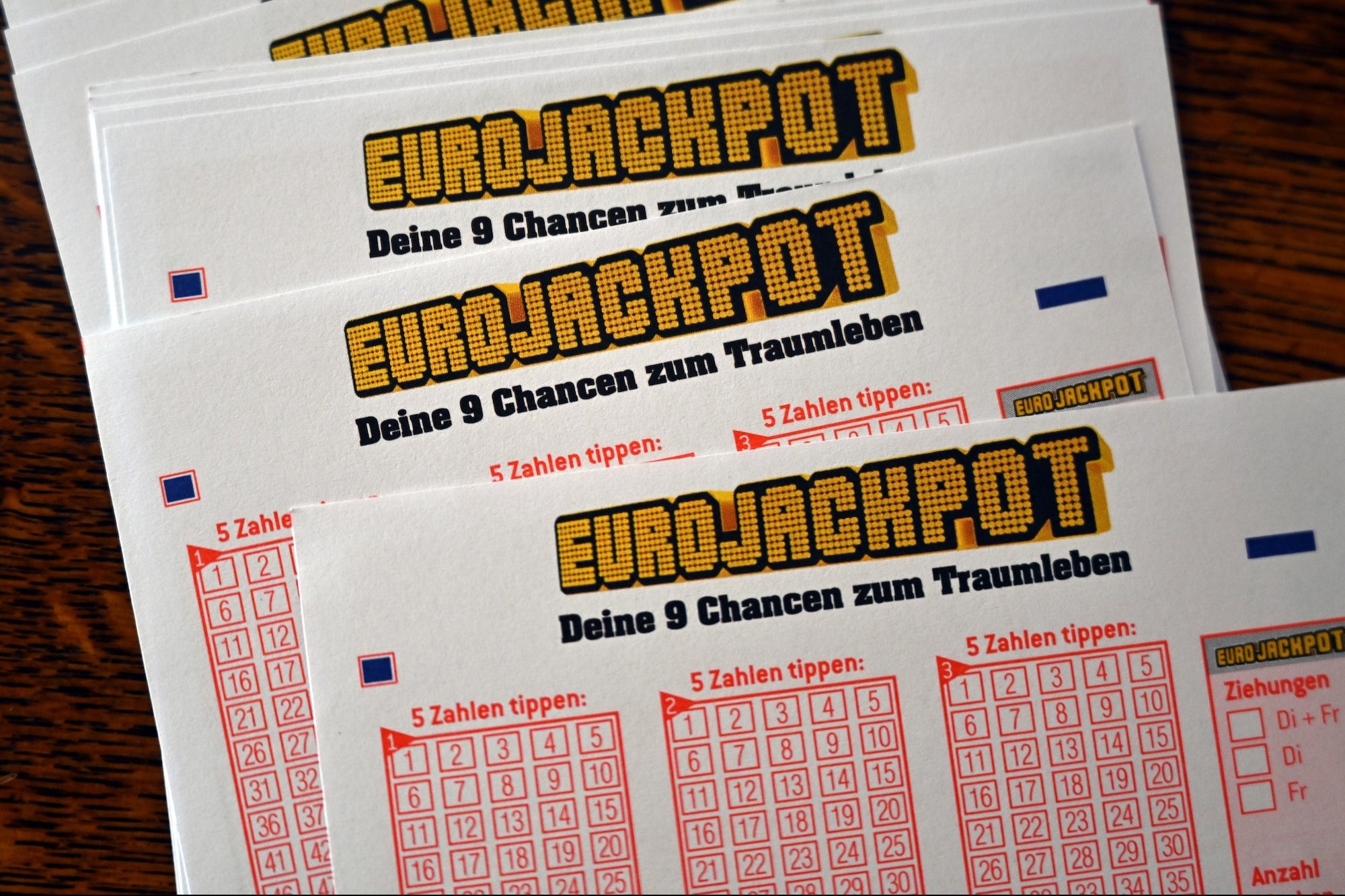Opinions expressed by Entrepreneur contributors are their own.
My investment journey started over 10 years ago. Having invested in over 200 companies since then, I couldn’t help but realize the need for a better infrastructure to close my deals. I’d set up a lot of SPVs and tools, and I invested in other providers building tools for investors and fund managers, but I needed fast, efficient and customized platforms.
However, the platforms I was looking for did not yet exist, so I adapted by creating my own tools to facilitate a smoother investment experience. This was when I realized that the tools I had developed presented an opportunity that met a significant market demand, specifically in the area of tokenization.
With a forecast to reach US$16 trillion by 2030, tokenized assets are tapping into a new generation of finance that extends beyond trading to include accessibility, compliance and more. From there, I found myself leading a venture that had tokenized over US$2 billion worth of assets for 20,000 investors across more than 1,500 funds.
Related: The Tokenization Revolution: Reshaping How We Own and Trade Assets
More to assets than just trading
While the projected value of tokenized assets elicits much excitement, it’s crucial to examine what tokenization entails from a utility standpoint, so as not to lose potential in the excitement. Understanding why assets belong on the blockchain needs to go beyond the view of “digital wrappers” that are idle in wallets. Tokenization must be viewed as a key to doors that were once inaccessible, providing opportunities that were once unrealistic.
A good example of a door unlocked by tokenization is the tokenized stock exchange, a digital marketplace where traditional shares are converted into blockchain-based tokens. What this unveils is a quicker, more accessible and streamlined trading experience that transcends geographical borders and financial limitations.
Tokenized stocks offer investors globally the opportunity to own a slice of U.S. technology leaders, including Apple, Amazon or even a private company like SpaceX, without the need for a U.S. brokerage account. Tokenization will also permit 24/7 trading of public stocks from anywhere in the world. For private stocks, it will unlock significant liquidity for pre-IPO companies, which until now were viewed as very illiquid investments.
With geographical borders being removed, financial ceilings are also being lifted as high-priced assets are broken down into smaller units, bringing liquidity to markets that are typically difficult to trade. Take, for example, properties with multi-million-dollar value, and how fractional ownership can enable liquidity from retail investors.
Related: Why Your Business Assets Belong on the Blockchain
What about compliance?
The promise of tokenization, valued at US$16 trillion, is achieved through steps that consider not only utility but also due diligence and precaution. The truth remains that this is a nascent technology with much regulatory ambiguity and global inconsistencies. While the U.S. views digital tokens as securities under the jurisdiction of the SEC, some countries in Asia have yet to develop detailed regulations governing these tokens.
Countries are rushing to regulate the space, which drives even more adoption and safety to the industry. As an example, the U.S. Senate is looking to pass the Broker-Dealer Tokenization Act, a bill that would allow broker-dealers to operate in the tokenization space with a well-defined legal framework.
This is where one of the most potent elements of tokenized securities comes into play: the ability to directly encode compliance and regulatory requirements into the asset using smart contracts. This embeds compliance in a manner that reduces regulatory overhead, while ensuring market integrity is sustained, and delivers an efficient use of real-world assets among developers and end-users.
Exclusivity erodes through utility
The norm thus far has been one of exclusive access to primary investment instruments; however, this exclusivity will soon erode due to the advent of tokenization. While we recently saw news about the Circle IPO and other high-ticket crypto projects, the story was yet another case of institutional investors being the early birds that get the worm, as each share was priced at US$31 pre-IPO, opened at US$69, and closed its first day at US$83.23.
The arrival of tokenized equities, bonds and yield-bearing instruments is likely to cater to the appetite of both institutional and retail investors, with a lowered entry barrier, broadened access and a shift in opportunities for wealth creation. With tokenization gradually percolating the financial processes of today’s economy, it would be no surprise to see the next game changer be access to early-stage gains, such as that of Circle’s IPO.
Related: How This Finance Guru Created A Breakthrough Financial Service Platform
The next generation of finance
Moving forward in a world that is growing increasingly tokenized, we’re already noticing shifts in the likes of tokenized private credit, with platforms having pushed the volume of on-chain loans beyond US$13 billion in assets under management.
This creates an inversion of the old mortgage model, where the token is liquid collateral tracked in real time and the borrower is priced by the pool. Invoices, revenue-share agreements and more can now be cleared in minutes on platforms that are monitored in real-time.
The approach of constantly online collateral can also be seen in the corporate world, with tokenized U.S. treasures having reached US$7.2 billion. If this isn’t enough, then JPMorgan’s first public blockchain treasury trade most definitely provides clear proof of concept.
These are some examples that demonstrate how tokenization can unlock the next generation of finance, tapping into the massive potential of this nascent space. The unicorns of tomorrow are those who see in this technology the opportunity to not just tokenize, but to enable the productivity of the assets tokenized in a manner accessible to all with transparency, compliance and security baked into its core.
My investment journey started over 10 years ago. Having invested in over 200 companies since then, I couldn’t help but realize the need for a better infrastructure to close my deals. I’d set up a lot of SPVs and tools, and I invested in other providers building tools for investors and fund managers, but I needed fast, efficient and customized platforms.
However, the platforms I was looking for did not yet exist, so I adapted by creating my own tools to facilitate a smoother investment experience. This was when I realized that the tools I had developed presented an opportunity that met a significant market demand, specifically in the area of tokenization.
With a forecast to reach US$16 trillion by 2030, tokenized assets are tapping into a new generation of finance that extends beyond trading to include accessibility, compliance and more. From there, I found myself leading a venture that had tokenized over US$2 billion worth of assets for 20,000 investors across more than 1,500 funds.
The rest of this article is locked.
Join Entrepreneur+ today for access.








